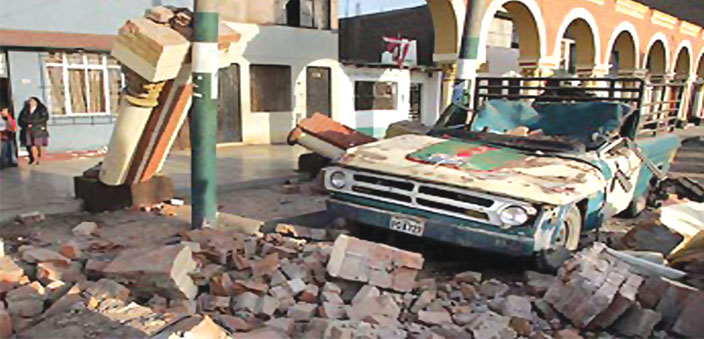May 31, 1970 was a regular Sunday afternoon in Peru. People huddled over their radios to catch the last moments of a World Cup football match. At 3.23 pm, their world came to an end.
The Ancash underwater earthquake measuring 7.8 on the Richter scale rocked Peru. It lasted barely a minute but 83,000 sq. km. of cities and towns were destroyed. But for the people of Yungay, the worst was yet to come.
The earthquake triggered a landslide in the northern wall of Mount Huascaran, the tallest peak in Peru. A massive piece of glacial ice and rock, about 900m wide, and over a kilometre long, slid down the mountain, picking up 80 million cubic metres of rock, ice, snow and mud on the way. The landslide travelled 14.5 km before hitting Yungay at about 300 km/hr.
Yungay was completely buried under 50m of debris. Of the population of 18,000, less than 100 survived. A Peruvian relief pilot, flying above the town exclaimed, “Yungay no longer exists!”
It took the world two days to hear of the disaster. Rescue workers worked with their bare hands. By the time food and medical supplies arrived, many died due to the lack of help.
After the disaster, the Peruvian government declared the site of Yungay a national cemetery and forbade excavations in the area. In 2000, the government declared May 31 as Natural Disaster Education and Reflection Day in memory of the worst catastrophe to strike Peru.

